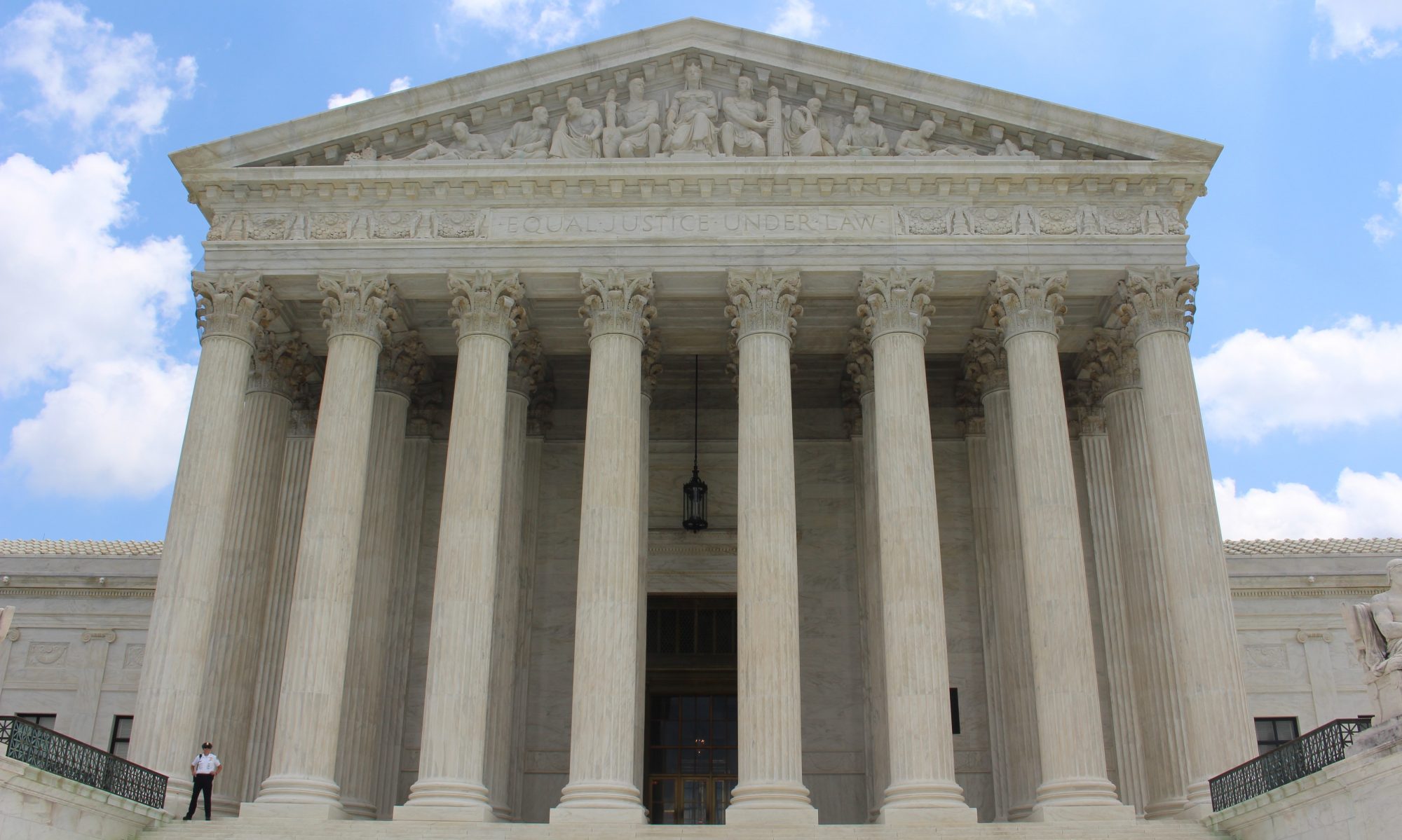“The Supreme Court has taken an inconsistent approach to allowing vicarious liability under major civil rights statutes. In recent cases, the Court has permitted qualified vicarious liability for supervisors’ sexual harassment under Title VII, but rejected vicarious liability under Title IX. Earlier, the Court rejected vicarious liability for local governments sued under Section 1983. In this Article, Professors Fisk and Chemerinsky describe the Court’s inconsistent approaches and argue that they cannot bejustfied by the text or legislative history of these statutes. Professors Fisk and Chemerinsky argue that each of these statutes is meant to achieve the same purpose, deterring civil rights violations liability advances these goals, and that the Court, therefore, should interpret each of these important civil rights statutes to allow such liability.”
Delgado v. Stegall, 367 F.3d 668 (7th Cir. 2004)
Delgado v. Stegall, 367 F.3d 668 (7th Cir. 2004).
In this 7th Circuit decision, the court found that the student plaintiff “must prove actual knowledge of misconduct, not just actual knowledge of the risk of misconduct, and must also prove that the officials having that knowledge decided not to act on it.”
Liability for School Sexual Harassment Under Title IX: How the Courts Are Failing Our Children
A Typology and Critique of Title IX Sexual Harassment Law After Gebser & Davis
“Sexual harassment is not a new phenomenon. It has long been with us in harassment problem in colleges and universities, focusing particularly on the harassment of students by their teachers or by their peers. Special attention will be given to whether and how students may hold colleges and universities liable in court for money damages for a failure to protect them from harassment. Then, using such private causes of action by students as the centerpiece, this article will develop a typology of Title IX sexual harassment claims and of the variable contexts in which they may arise. Following the typology, the article will consider the implications for colleges and universities and offer some recommendations for managing them.”
Benefield v. Board of Trustees of the University of Alabama, 214 F. Supp. 2d 1212 (N.D. Ala. 2002)
Benefield v. Board of Trustees of the University of Alabama, 214 F. Supp. 2d 1212 (N.D. Ala. 2002)
Ruling that “to constitute sexual harassment, the behavior in question must be unwelcome.”
Chancellor v. Pottsgrove School District, 501 F.Supp. 2d 695 (2007)
Chancellor v. Pottsgrove School District, 501 F. Supp. 2d 695 (E.D. Pa. 2007)
Rejecting the OCR guidance as unworkable.
Doe v. Oberweis Dairy, 456 F.3d 704 (7th Cir. 2006
Holding that for Title Vii cases, the age of consent should determine whether a minor has to show unwelcomeness to prove sexual harassment.
The Rights of School Employee-Coaches Under Title VII and Title IX in Educational Athletic Programs
“This Article explores how these considerations affect whether coaches should proceed under Title VII, Title IX, or both. Part I provides background on Title VII and Title IX and discusses how Title IX requires gender equity in athletics in federally funded educational institutions. Part II explains what factors coaches should consider when deciding to bring Title VII and Title IX claims, such as varying patterns of discrimination; varying approaches to suits, goals, and implications; administrative exhaustion differences; the scope of actions and relief; and standards and treatment of retaliation under each statute. Part III examines courts’ divergence concerning whether Title VII preempts claims under Title IX. The Article concludes by highlighting the ramifications of proceeding under Title VII, Title IX, or both.”
